Photo Gallery for Hadrobunus maculosus - No common name | Photos: 29 |
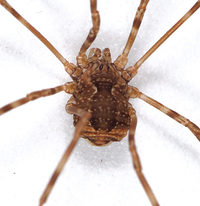 | Recorded by: Jim Petranka and Becky Elkin on 2025-10-21
Madison Co.
Comment: |  | Recorded by: Jim Petranka and Becky Elkin on 2025-10-21
Madison Co.
Comment: |
 | Recorded by: Mark Basinger on 2025-09-13
Wilson Co.
Comment: |  | Recorded by: Mark Basinger on 2025-09-13
Wilson Co.
Comment: |
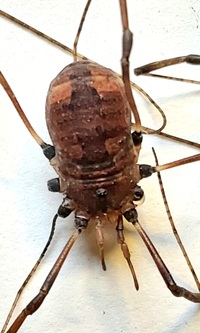 | Recorded by: Mark Basinger on 2025-09-13
Wilson Co.
Comment: | 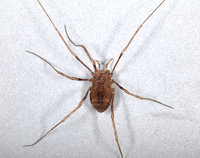 | Recorded by: Jim Petranka, Becky Elkin, Nora Murdock, Marilyn Westphal on 2025-08-26
Rutherford Co.
Comment: |
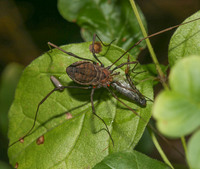 | Recorded by: David George and Steve Hall on 2024-08-31
Chatham Co.
Comment: | 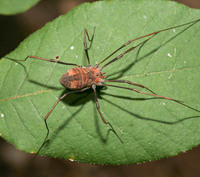 | Recorded by: David George and Steve Hall on 2024-08-31
Chatham Co.
Comment: |
 | Recorded by: Stephen Hall on 2024-05-21
Chatham Co.
Comment: |  | Recorded by: Steve Hall and Bo Sullivan on 2021-10-03
Moore Co.
Comment: |
 | Recorded by: Steve Hall and Bo Sullivan on 2021-10-03
Moore Co.
Comment: | 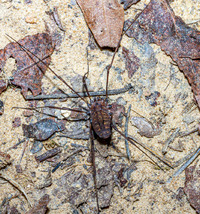 | Recorded by: Steve Hall on 2021-09-30
Durham Co.
Comment: |
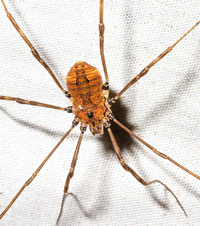 | Recorded by: Steve Hall on 2020-06-13
Orange Co.
Comment: | 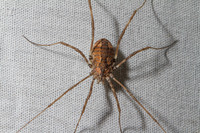 | Recorded by: Steve Hall on 2020-05-05
Orange Co.
Comment: |
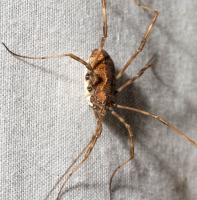 | Recorded by: Steve Hall on 2020-05-05
Orange Co.
Comment: | 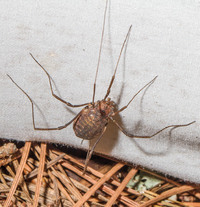 | Recorded by: Steve Hall on 2019-09-24
Orange Co.
Comment: Adult female |
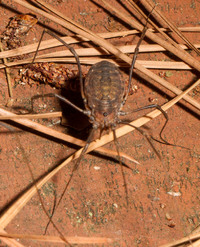 | Recorded by: Steve Hall on 2019-09-24
Orange Co.
Comment: Adult female | 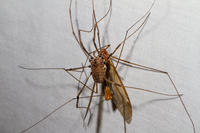 | Recorded by: Steve Hall on 2019-06-01
Stokes Co.
Comment: Preying on a crane fly that it appeared to have captured on a moth sheet |
 | Recorded by: Brian Bockhahn on 2019-06-01
Stokes Co.
Comment: | 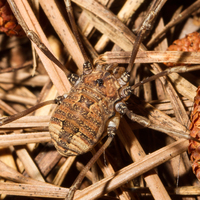 | Recorded by: Steve Hall on 2019-05-30
Orange Co.
Comment: |
 | Recorded by: Steve Hall on 2019-05-30
Orange Co.
Comment: Truncated appearance apparently due to dehydration |  | Recorded by: Steve Hall on 2019-05-30
Orange Co.
Comment: 1st femur is shorter than the body; denticles visible on the dorsal surface of the abdomen |
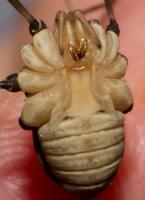 | Recorded by: Steve Hall on 2019-05-30
Orange Co.
Comment: Female, lacking indented anterior margin of genital operculum |  | Recorded by: Steve Hall on 2019-05-25
Orange Co.
Comment: Found at night on a moth sheet |
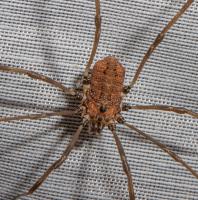 | Recorded by: Steve Hall on 2019-05-25
Orange Co.
Comment: |  | Recorded by: Steve Hall on 2019-05-25
Orange Co.
Comment: Femur of leg I much shorter than body |
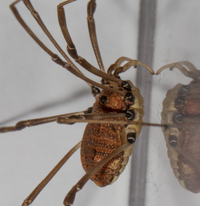 | Recorded by: Steve Hall on 2019-05-25
Orange Co.
Comment: |  | Recorded by: Steve Hall on 2019-05-25
Orange Co.
Comment: Male, based on emarginate anterior edge of genital operculum |
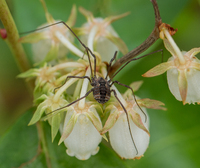 | Recorded by: Steve Hall on 2013-05-13
Moore Co.
Comment: |
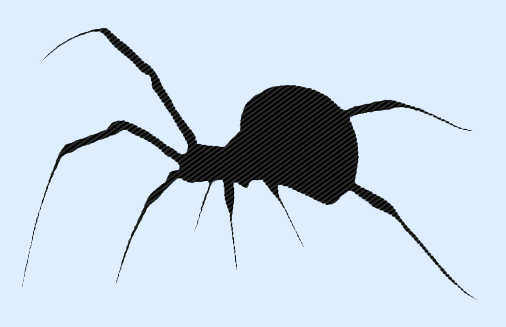
 »
»


 »
»
